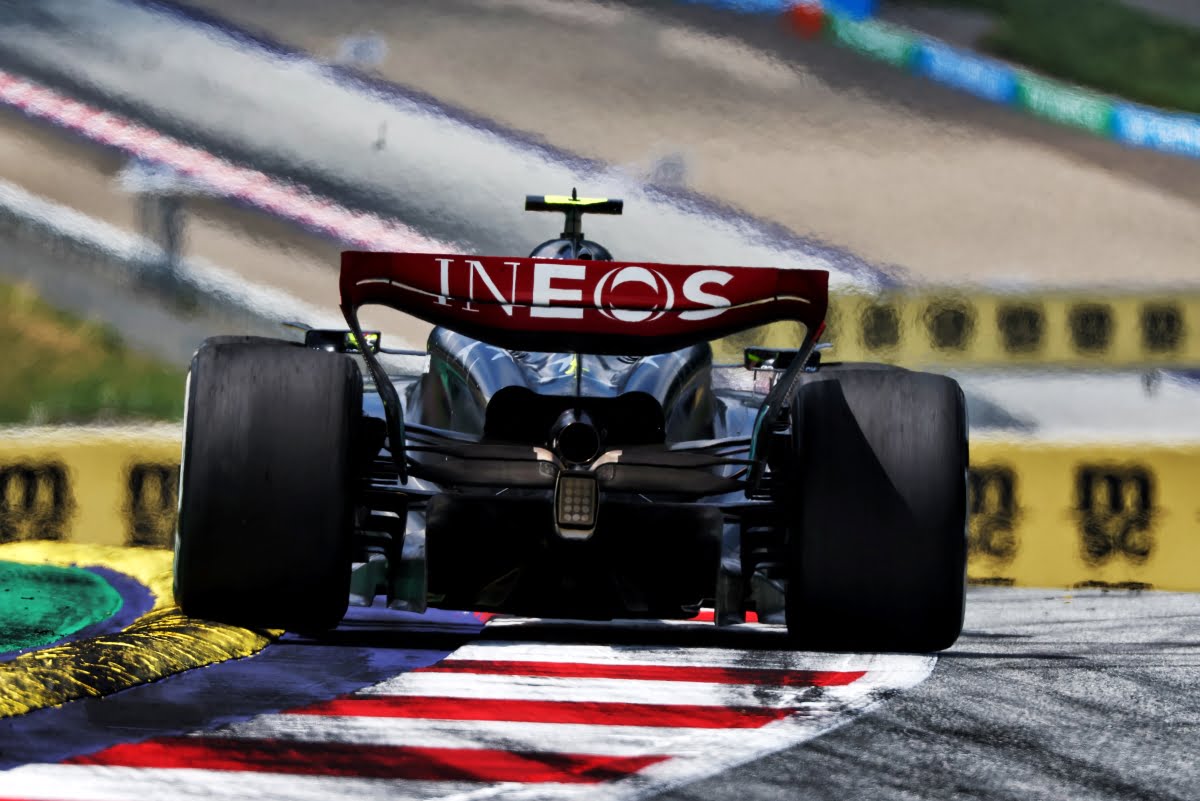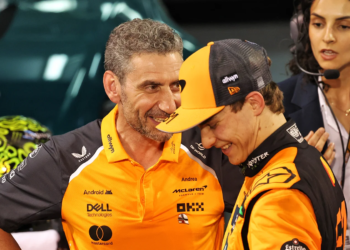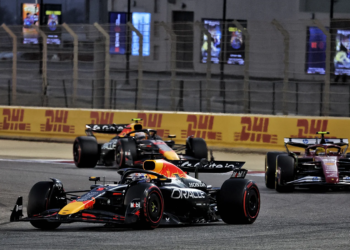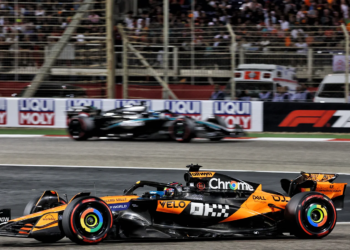Mercedes Technical Director James Allison is optimistic the team’s new 2024 Formula 1 car has addressed the “spiteful” rear-end traits that existed within its W14 predecessor.
Mercedes is aiming to bridge a 454-point deficit to Red Bull this winter after enduring a second successive troubled season since F1’s return to ground effect aerodynamics.
The German marque was hamstrung by the decision to retain the ‘zeropod’ concept that was conceived on its recalcitrant 2022 challenger. Despite introducing a revised concept midway through the year, Mercedes sustained a first winless season since 2011.
Allison, who returned to his current role in April last year, is overseeing a revamped car philosophy and concurred that Mercedes has already seen some encouraging indications.
Asked by Autosport to expand on the confidence within the team that emerges from such positive projections, Allison said: “It’s impossible at this time of year to be anything other than apprehensive, coupled with excited, coupled with frightened.
“Those are always the emotions that you feel, and I would imagine that even in Red Bull, after a year of such good performance, they will not be sleeping easy in their beds either because no one knows what everyone else will deliver.
“However, what we do have some hope for is that some of the more spiteful characteristics of the rear end of our car will be a bit more friendly to us, and the handling of the car a happier thing.
“That’s all in simulation, but nevertheless we’ve got reasonable grounds to believe that we’ve made some gain there.”

Along with improving the overall handling that hampered both drivers, Allison divulged that Mercedes has also sought to unlock increased levels of downforce and power.
“On top of that [handling], you’ve got all the normal housekeeping type stuff of just making it lighter, making it more ‘downforcy’ and hopefully getting a bit of uplift from the power unit side, with the calibration level tinkering that they’re still capable of doing under these current rules,” he explained.
“Whether it’s enough, time will tell. But it’s nevertheless going to be interesting because we saw some things we knew were problems.
“We have hypothesised what the reason for those problems were, and we fixed those reasons. It will be interesting to find out how accurate we’ve been with that diagnosis.”
Amid the struggles Mercedes and Ferrari encountered, Red Bull obliterated the competition to cruise to 21 victories from 22 races last year to retain both championships.
However, Allison is convinced that the law of diminishing returns – particularly under this rules set – will limit the improvement the reigning World Champions can achieve.
“We hope we’ve done a good job with the new car, and we hope we’ve addressed some of the shortcomings that were so publicly on display with it last year,” the Briton added.
“There is also just a little bit that nestles in the back of our heads, which is that the rules themselves have a much more sort of clear upper bound to them in the amount of lap time these cars are capable of producing.
“It’s a much more clear upper bound to them than the older generation of cars, which the more love you gave them and the more labour you put into them, the faster they got, seemingly without end.
“I think if you look at last year you see from the start of the season to the end of the season, although Red Bull’s dominance was near complete and they didn’t look vulnerable even to the last race of the year, if you look at the bigger picture, this is a grid that is gradually compressing.”









